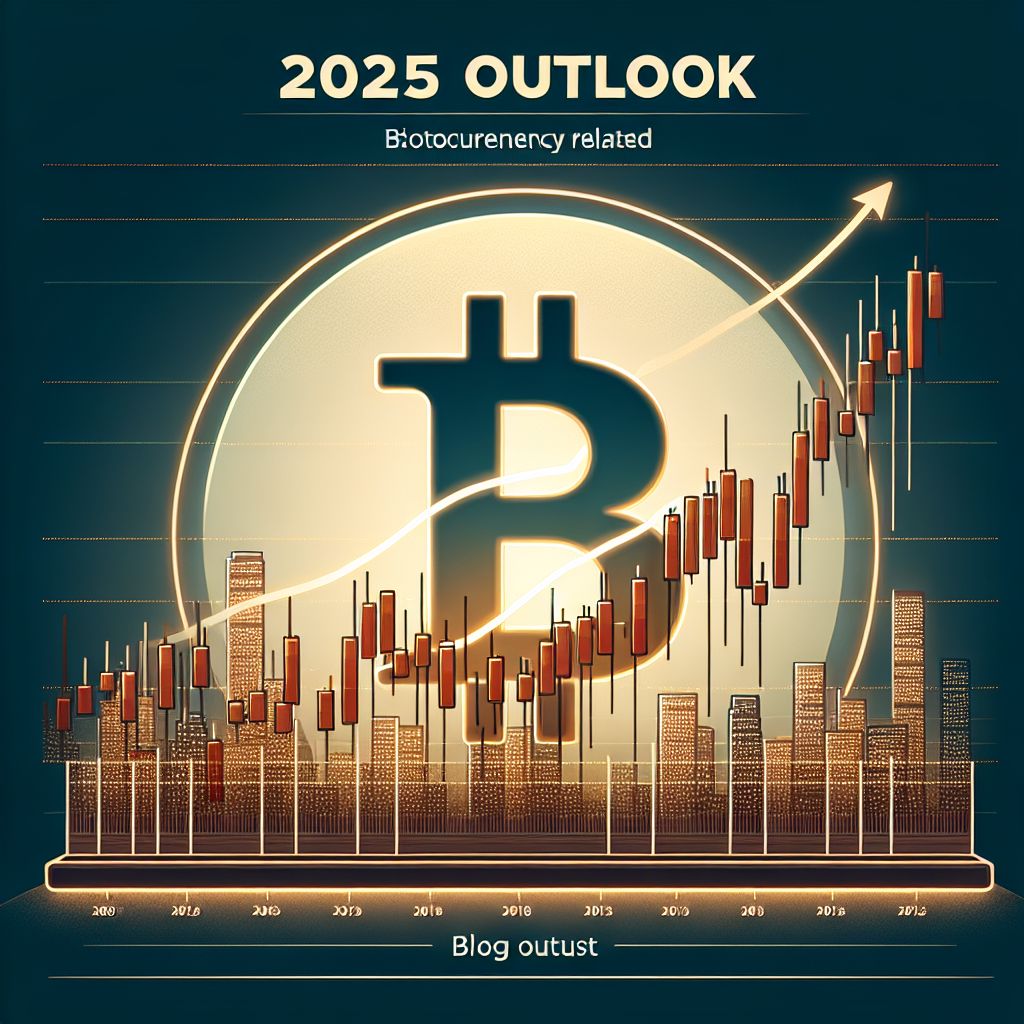Overview: Bitcoin Stalls Near Critical Zones
Bitcoin has encountered fresh selling pressure after failing to sustain gains above key short-term resistance. After finding interim support in the high-$80,000s, price action remains choppy and indecisive. Traders and investors are weighing whether this pause signals a deeper correction or simply consolidation ahead of a meaningful breakout.

Below we break down the technical picture, outline plausible scenarios, highlight important support and resistance levels, and place current price action in the broader 2025 market context.
Recent price behavior
Following an intraday low around $88,500, Bitcoin staged a modest recovery but has repeatedly been capped near the low-to-mid $90,000s. Momentum indicators show the short-term bearish bias losing intensity, yet bulls have not regained decisive control. The outcome over the coming sessions will likely be determined by whether buyers can close above the tighter resistance band or sellers force a test of lower support.
Technical Analysis: Levels to Watch
Understanding specific price levels helps structure risk and define scenarios. The technical roadmap below is based on recent swing highs and lows and commonly observed retracement zones.
Immediate support zones
- $91,150 — near-term support that has absorbed recent selling.
- $90,500 — a primary support level that, if lost, could invite additional downside.
- $90,000 — psychological round number and a potential battleground for bulls and bears.
- $88,500 — recent low and the first major foothold; failure below this could accelerate declines toward lower structural supports.
- $86,500 — significant support beneath which momentum may shift materially in favor of sellers.
Near-term resistance to overcome
- $92,500 — an initial resistance tied to recent intraday rejections.
- $93,500 — a trendline and supply area that has capped several recovery attempts.
- $93,750–$94,500 — a confluence zone where a sustained break would signal a clear bullish bias.
- $95,000 and above — subsequent targets if bulls regain control and market liquidity supports an upwards push.
Retracements and trendlines
Price retraced a significant portion of the latest downleg, briefly recovering through the 50% retracement of the most recent swing. A more robust recovery would require surpassing the 76.4% retracement into the low $93k area and clearing the descending trendline that has been acting as resistance on shorter timeframes.
Indicator Readings
Technical indicators provide context for momentum and possible continuation. Short-term studies suggest the bearish impetus is easing but not yet reversed.
- MACD (hourly): Bearish bias is weakening as histogram bars contract, indicating momentum loss among sellers.
- RSI (hourly): Rebounded above midline territory, signaling some buying pressure but lacking the strength to confirm a bullish turnaround.
- Moving averages: Price remains below the 100-hour simple moving average, which has acted as dynamic resistance in the recent consolidation.
Possible Scenarios
1) Bullish recovery and breakout
If buyers can push and close price above the $93,500–$94,500 range and hold that area, the probability of a continued climb toward $95,000 and then $96,000+ increases. A break above these zones could entice momentum traders and institutions looking for confirmation that the correction is complete.
2) Continued range-bound action
Bitcoin could remain trapped between roughly $88,500 and $94,500 as market participants digest macro news and on-chain flows. In this scenario, volume tends to compress and volatility declines until a new catalyst disrupts the balance.
3) Renewed downside
Failure to defend the $90,000–$90,500 support zone could lead to further weakness, with $88,500 and then $86,500 the most relevant downside targets. A decisive move beneath $86,500 would increase the chance of accelerated selling, especially if accompanied by a spike in leverage-driven liquidations.
Risk Management and Trading Considerations
Given the unclear near-term direction, disciplined risk management is essential. Consider these guidelines:
- Use defined stop-loss levels and position sizes that align with your risk tolerance.
- Watch for volume confirmation on breakouts — shallow breakouts with low volume are more likely to fail.
- Monitor derivatives markets for shifts in open interest and funding rates, which can signal building momentum in either direction.
- Keep an eye on on-chain metrics such as exchange inflows/outflows and realized profit and loss; sudden spikes can precede volatility.
2025 Market Context: What’s Different This Year
As we progress through 2025, Bitcoin’s market dynamics are influenced by several structural and macro factors that differ from prior cycles. Understanding these contextual elements helps explain why price may behave differently than in previous years.
Macro backdrop
Central bank policy and interest rate expectations remain among the most significant drivers of risk assets, including crypto. While the late-2024 halving and subsequent liquidity responses shaped price into 2025, evolving inflation data and monetary policy trajectories continue to impact capital allocation decisions.
Institutional flows and product evolution
The institutional narrative has matured: more custody solutions, liquid spot access, and diversified crypto products are available. Flows into spot and structured products have at times supported higher price floors, but institutional participation can also amplify price moves when sentiment shifts.
Regulation and market structure
Regulatory clarity in several jurisdictions has improved compared with earlier years, but new rules and enforcement actions still generate episodic volatility. Market infrastructure improvements — deeper derivatives venues, better custody, and improved reporting — have contributed to increased market depth, which can both dampen and redirect volatility.
On-chain fundamentals
Miner activity, long-term holder behavior, and exchange reserve levels remain meaningful. In 2025, a number of on-chain indicators are signaling consolidation: long-term holders continue to accumulate selectively, while exchange reserves fluctuate with trading demand and withdrawals.
Outlook: What Traders and Investors Should Watch
Over the near term, technical levels outlined above will guide intraday and swing traders. Beyond that, pay attention to the following cross-market signals that often precede sustained directional moves:
- Macro announcements (interest rate decisions, inflation prints)
- Institutional custody and ETF flow reports
- Significant on-chain movements from wallets classified as long-term holders or miners
- Derivatives indicators such as funding rates, open interest shifts, and futures calendar spreads
Conclusion
Bitcoin currently sits at a technical inflection point. While the latest rebound from the high-$80,000s suggests buyers are present, resistance in the low-to-mid $90,000s has prevented a clear bullish resumption. Traders should respect the outlined support and resistance bands, watch for confirmation via volume and indicator alignment, and incorporate macro and on-chain context into their decision-making.
In 2025, the market continues to evolve with institutional participation and improved infrastructure. These longer-term trends can affect how price reactions unfold around key levels, making measured, data-driven strategies preferable to emotional responses to short-term volatility.
For those active in the market, maintaining disciplined risk controls and monitoring the cross-section of technical, macro, and on-chain signals will be central to navigating the path ahead.
Disclaimer: This post is a compilation of publicly available information.
MEXC does not verify or guarantee the accuracy of third-party content.
Readers should conduct their own research before making any investment or participation decisions.
Join MEXC and Get up to $10,000 Bonus!
Sign Up


